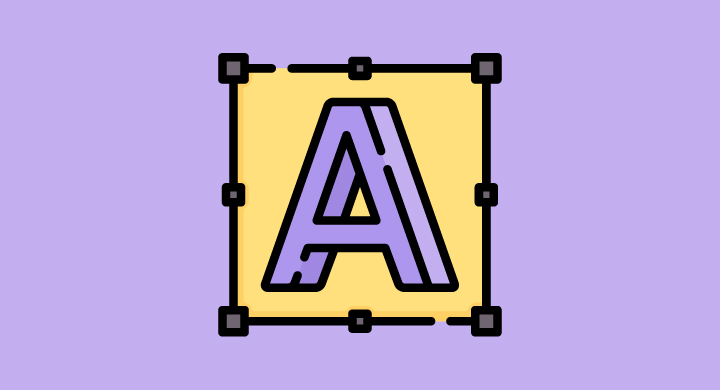If you’re considering a website redesign for the new year, then now is a good time to start researching the options available to you; for example, whether to work with a professional design agency or a freelancer, and whether to integrate live social updates and other features to your site.
With your website acting as the window to your business for both new and existing customers, introducing them to your brand, team, and products or services, it’s important that your website is both up to date and consistent with the way you present yourself across other platforms.
Now, there’s a lot to think about before launching a website – whether you have an existing online presence or not.
Firstly, do you want your website to be transactional or marketing-focussed? Is it designed to inform and encourage clients or customers to get in touch, or do you want them to be able to complete sales on your website?
You also need to consider the role of the website in your customer journey. How do they find your website, what information do they need to access quickly, and how do you intend to retain their interest and keep them scrolling on your site?
Finally, you need to consider how you will maintain the site – that is, how do you plan to keep it up to date in terms of content, and operating efficiently?
To help answer those questions and more, we’ve created this blog focussing on two different paths to website design – focussing on the benefits of a bespoke design, and whether or not a website template could work for you.
What’s the difference between a bespoke website and a website template?
A bespoke website is one which is designed from scratch according to your brief, taking your industry, customer base, product line and services, and building a website which supports the ideal experience that your users want and need.
It considers the type of business that you are running and creates a user journey which supports the end goal that you want users to take.
Conversely, a website which is built from a template takes an existing style of site and inputs it with your business content, design, and detail. It typically follows a standard style and design and is a much more affordable alternative to a bespoke site which is designed specifically for you – however, it does offer that “cookie cutter” experience which may not be as unique.
Of course, there are a number of factors which can be used to influence your decision – with both bespoke and template websites boasting their own benefits and potential drawbacks. Keep reading to learn more about how both types of website design could support your business, before concluding which is the best option for you.
The benefits of a bespoke website
A bespoke website does what it says on the tin and is entirely unique and designed for you. In terms of benefits, this means that a bespoke site can stand out and offer the kind of unique experience which delights users and helps your business or brand to stand out.
Everything from unique graphics to storytelling design techniques and integrated features elevate each bespoke website, with clients benefitting from complete control over how every aspect of their site looks and presents itself to users.
What’s more, the ability to add individual features to a bespoke site means that the online journey can be connected in harmony – integrating social feeds, review sites, and more to really optimise the overall user experience.
Other benefits include the ability to present perfect unity between your bespoke website and other brand marketing, and the fact that a bespoke site which is built for you can be adjusted and expanded over time as required. This means that as your business grows, there is no chance of outgrowing a specific template – rather, your website designer can simply grow and adapt the site alongside your business.
The benefits of a website template
A website which is built using an existing template is a website which is easy to navigate, presents a tried and tested design that users like and understand, and can be more easily maintained inhouse or by your chosen web developer.
Templated designs also allow for websites to be built more quickly, populating existing content blocks with your own copy and business imagery, and enabling updates to be made quickly and effectively. What’s more, templated websites can be easier to maintain in terms of content updates and software updates, as most host sites rollout the necessary updates effortlessly and without the need for manual intervention.
Having said that, working with an existing website template does limit you in terms of tailored features, and the look of your website will be reminiscent of other sites. Similarly, template sites are not as easy to scale and grow, and while they are considerably more affordable from the outset, if you need to make significant changes later down the line you can find that this becomes a major and experience obstacle.
Which is right for you?
There’s no doubt that both bespoke designs and existing website templates boast their own benefits and potential challenges. But while a bespoke site is undoubtedly more expensive, the benefits far outweigh the challenges for those businesses that want to be able to scale and expand according to demand and their growing customer base.
Business flexibility is one of the most important factors in the modern business world, embracing the ability to not just expand but diversify and grow into new areas. When you invest in a bespoke website, you open your business up to the future as well as serving your immediate needs – not to mention, you will finally have access to and be able to drive customers towards a site that you can be proud of.
Here at Slate, we offer bespoke web design as one of our core services. Get in touch to find out more about building a site from scratch, or to find out how your existing website can be finetuned in line with our bespoke services.











